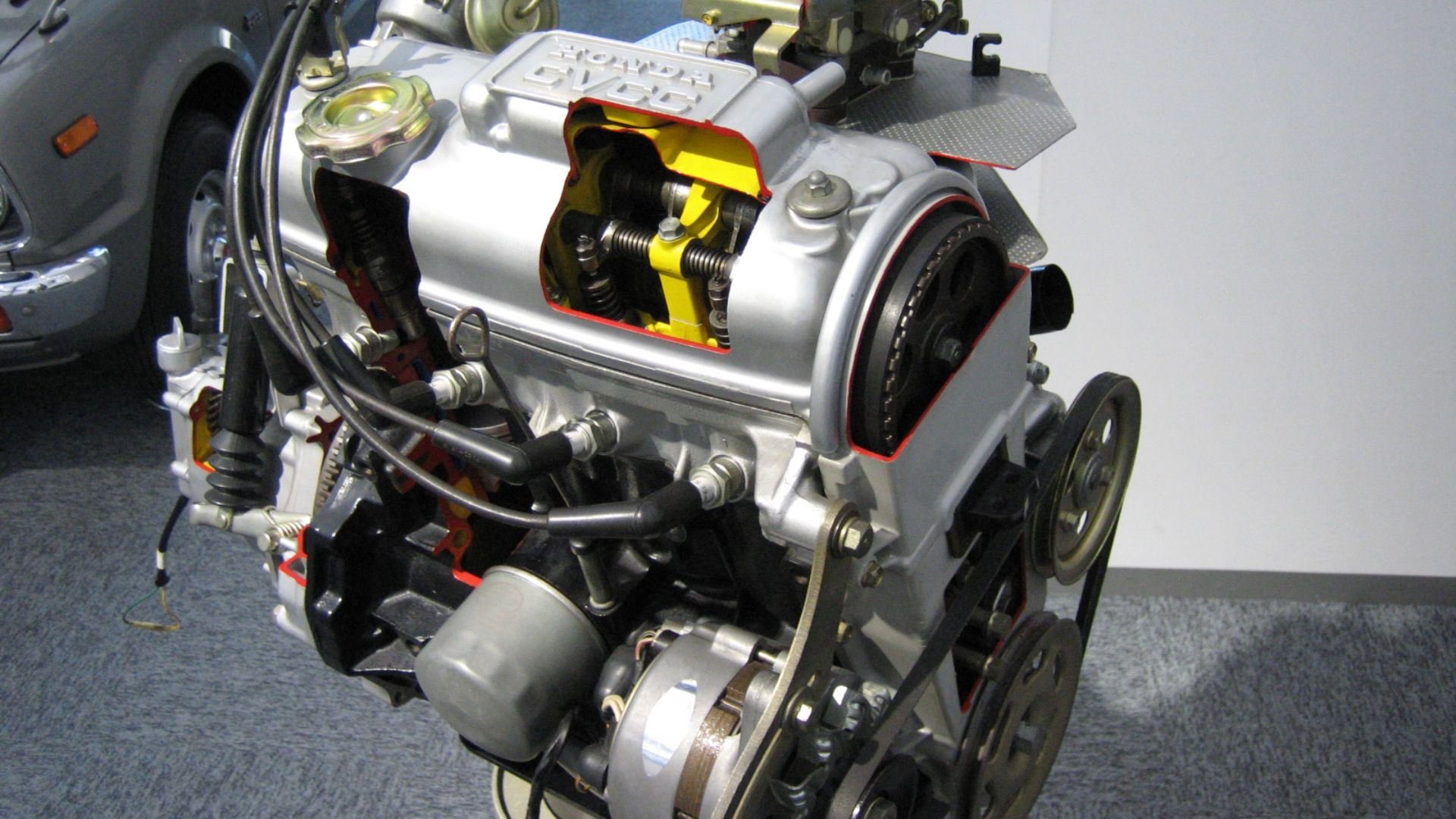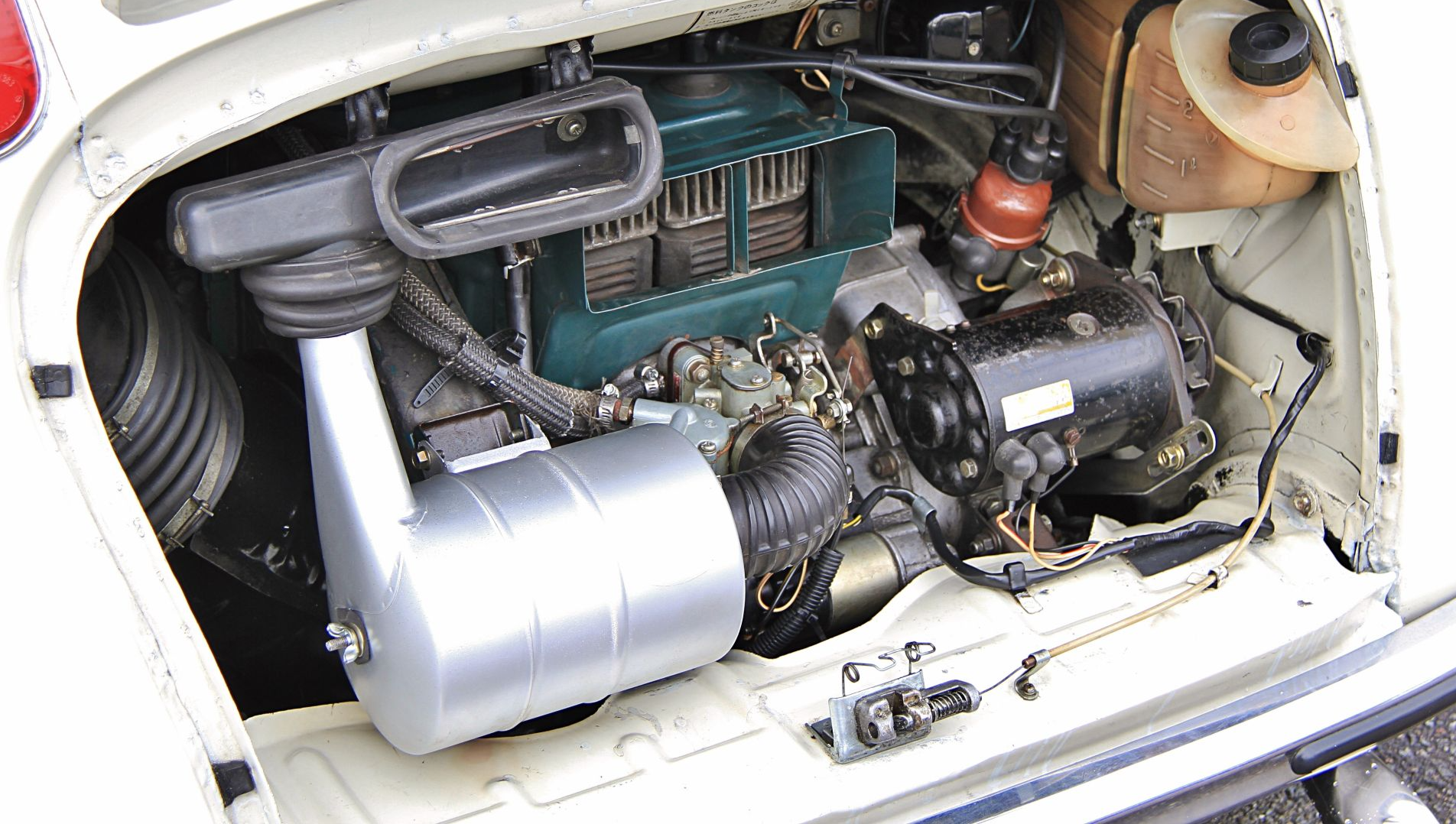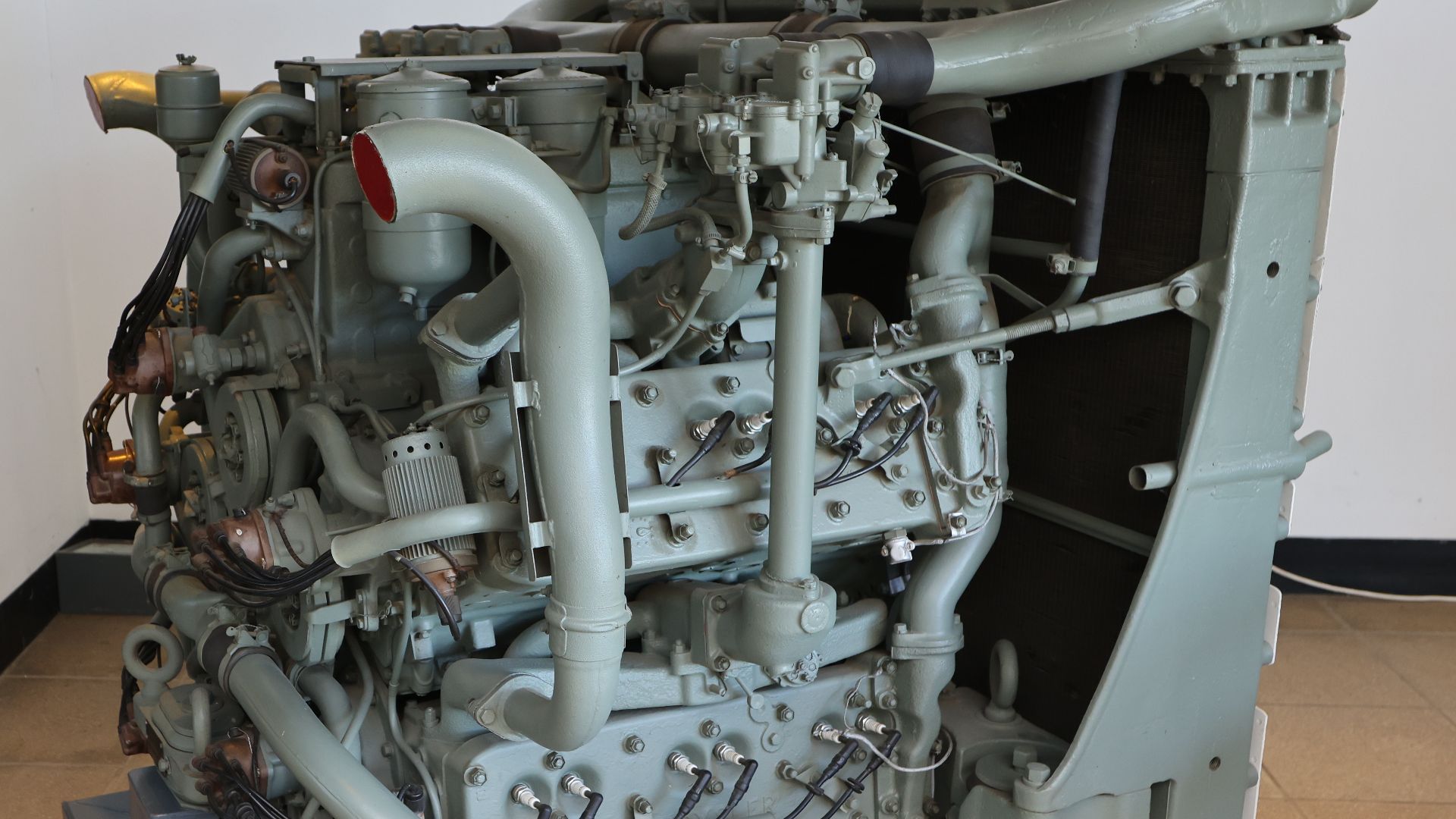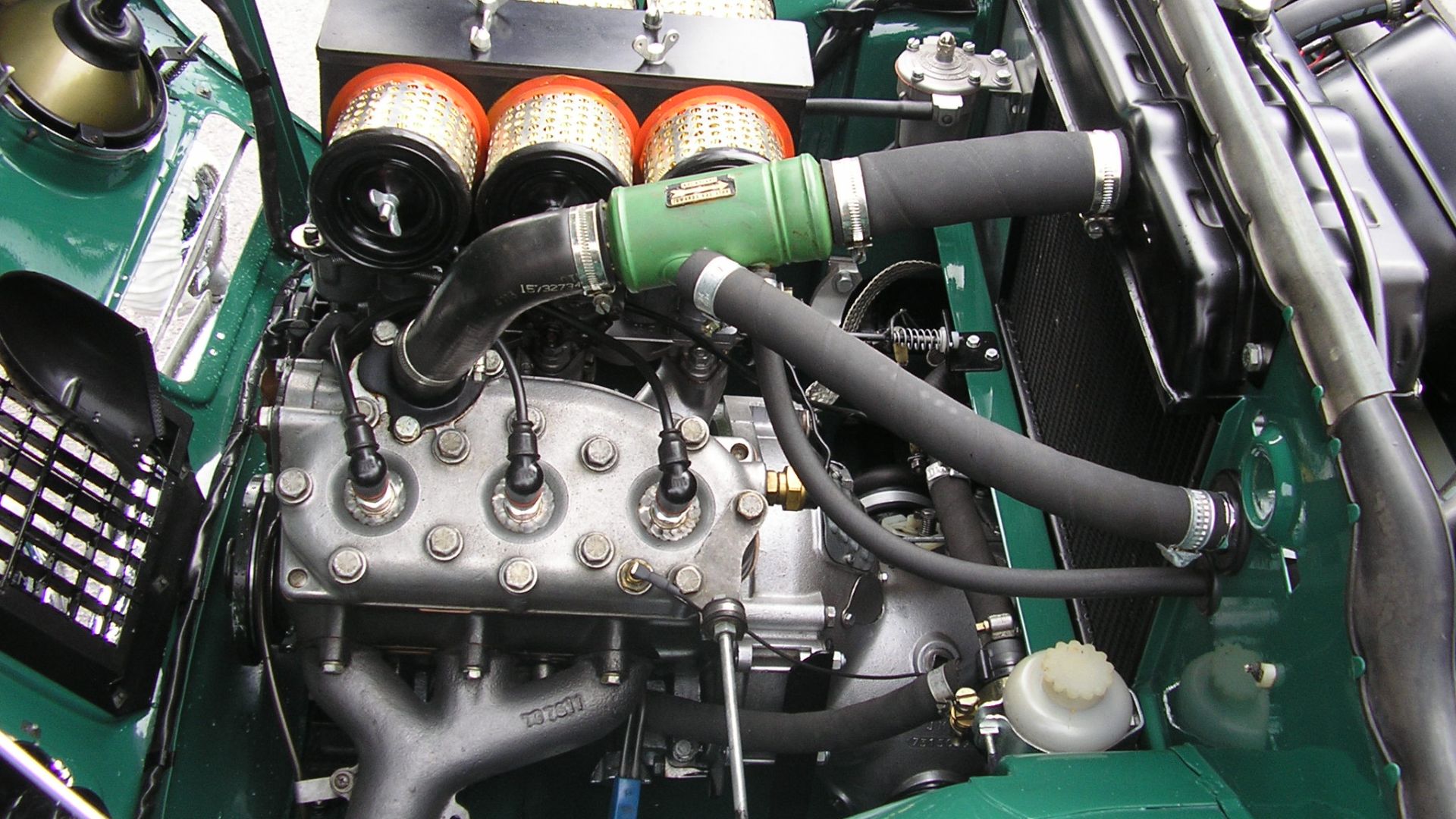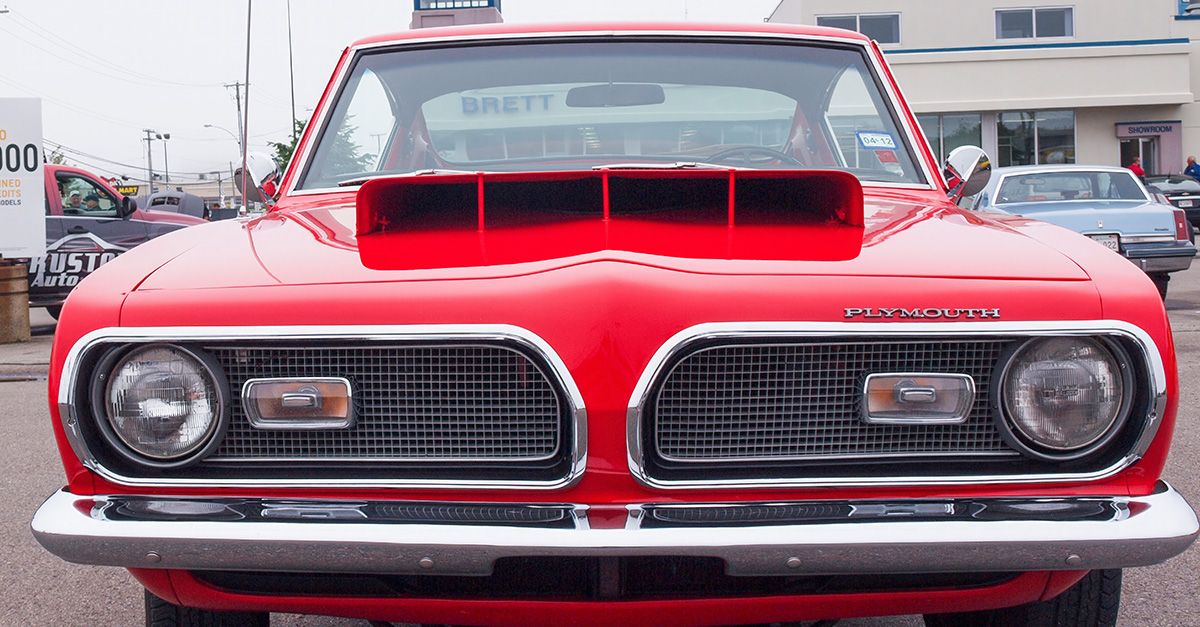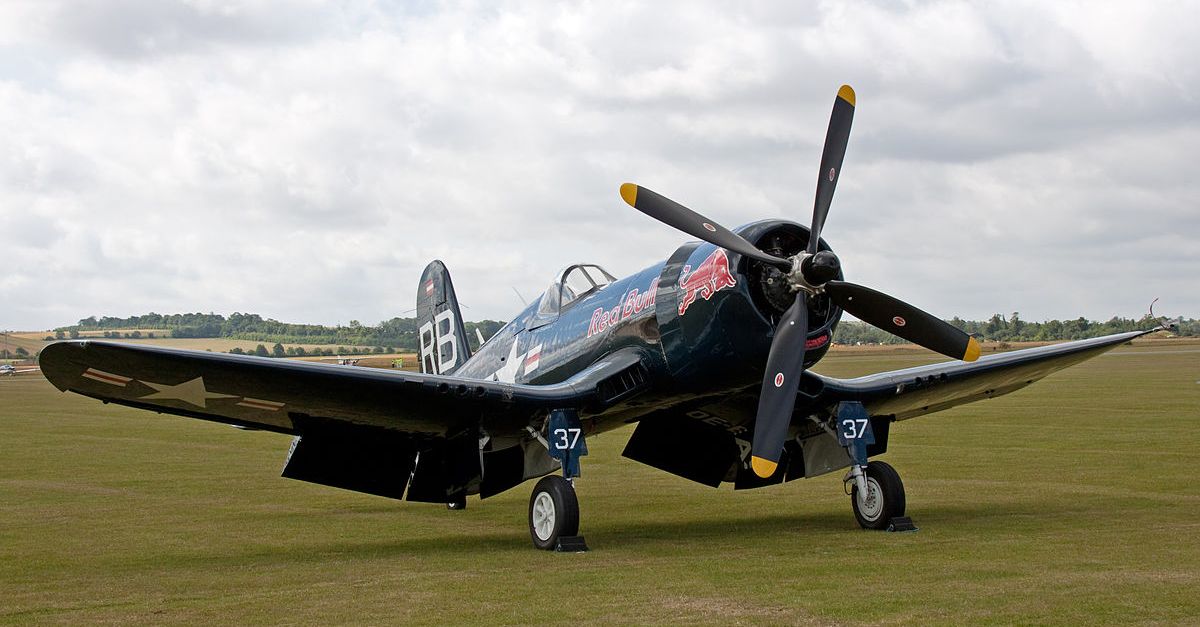A World Of Experimentation
The automotive world is full of engineering experiments, and nowhere is this more evident than in engine design. Most cars today rely on conventional inline-fours or V6s, but there are always some manufacturers who dare to be different. From the brilliant to the bizarre, these unorthodox engines made it into production cars, challenging mechanics but drawing the fascination of drivers. We look at some of the strangest engines ever built.

Mazda Wankel Rotary Engine
Let’s start with one of the most well-known examples: Mazda’s unconventional rotary. Instead of pistons, it used rotors spinning within a housing. Cars like the RX-7 and RX-8 showcased its high-revving performance. But while the cars were lightweight and compact, the rotary was bedeviled over the years by reliability and fuel consumption issues.
 How Rotary Engines Work - Mazda RX-7 Wankel - Detailed Explanation, Explained
How Rotary Engines Work - Mazda RX-7 Wankel - Detailed Explanation, Explained
Chrysler Turbine Car Engine
The early 60s saw great changes in the automotive industry; this was when Chrysler started experimenting with turbine-powered cars. The turbine engine could run on almost any fuel, from gasoline to kerosene. Only 55 cars were built, but most were later recalled and destroyed. The idea was original, but too far ahead of its time to be practical. There are two Chrysler Turbine Cars still around today, one of which is in Jay Leno’s famous collection.
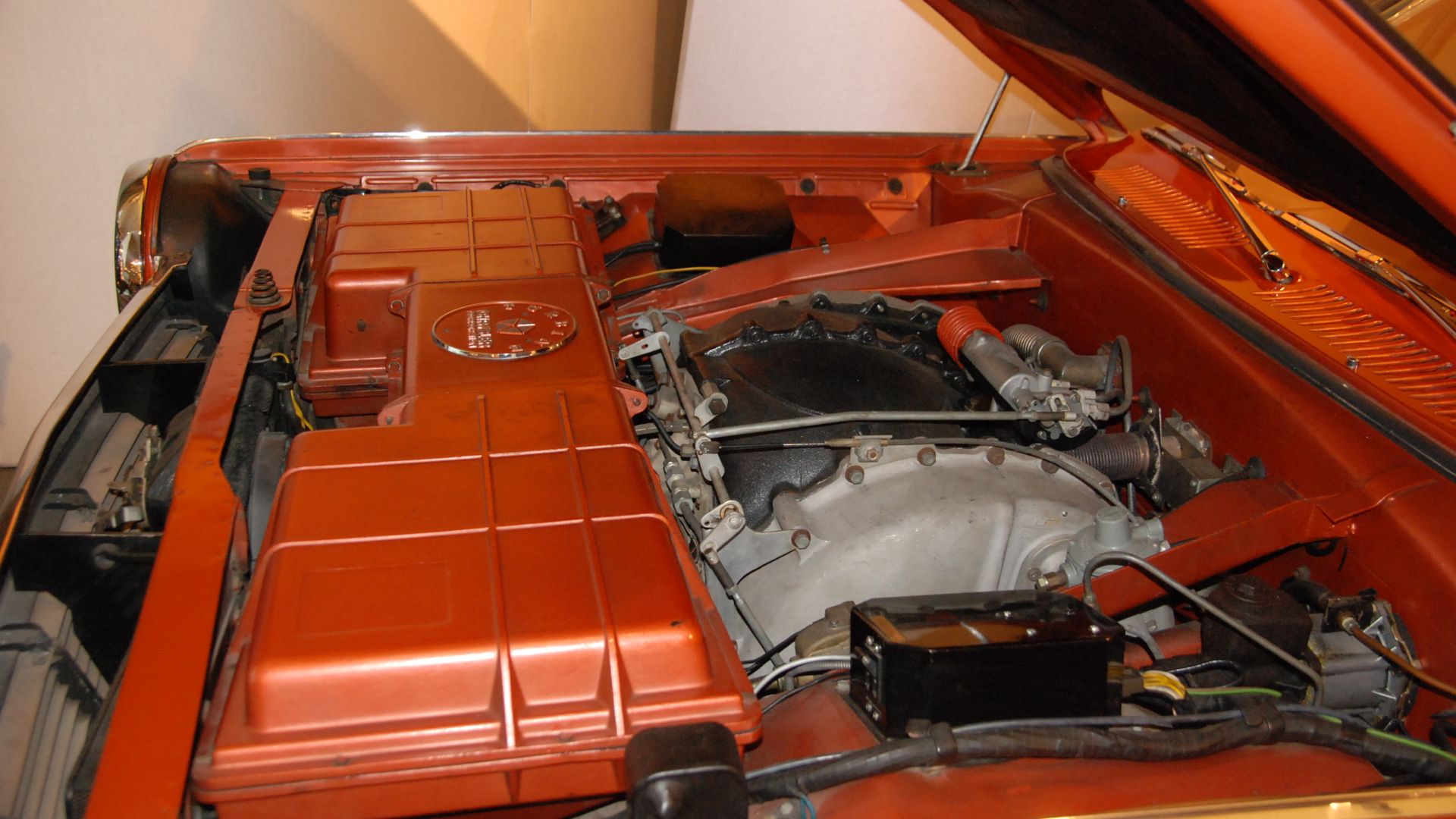 Corvair Owner, Wikimedia Commons
Corvair Owner, Wikimedia Commons
Honda Compound Vortex Controlled Combustion Engine
Honda’s CVCC engine in the 1970s was designed to meet the era’s new strict emissions standards without a catalytic converter. Instead, it used a unique pre-chamber combustion process. It kept power levels decent while meeting the regulatory requirements. It was a defining technology in Honda’s rise and saw use in Civics, Preludes and other models into the 80s, but further emissions regulations caused Honda to switch to catalytic converters
Tatra Air-Cooled V8
Czech automaker Tatra built luxury sedans with air-cooled rear-mounted V8 engines. The Tatra 603 and later 613 were the flagship models of this design. While the engines ran well in cold climates and were resistant to freezing, they were cumbersome and complicated to repair, making it a rare but fascinating oddity.
 User Asterion on en.wikipedia, Wikimedia Commons
User Asterion on en.wikipedia, Wikimedia Commons
Subaru 360 Two-Stroke Twin
The Subaru 360, Japan’s first mass-produced kei car, used a tiny two-stroke, two-cylinder engine. With just 25 horsepower, it was underpowered but economical. With the tiny car’s curb weight of just 1,000 pounds, it could get up to 60mph. Mechanics often dismissed it as little more than a motorcycle engine in a car, but it helped establish the Subaru brand in global markets.
Toyota Twincharger 4A-GZE
Toyota probed the possibility of combining a supercharger and a turbocharger on the same engine. The 4A-GZE engine in the 1980s Toyota MR2 was one such example. The unusual twin charging setup reduced turbo lag while providing more power. It was complex, but it was a good example of Toyota’s willingness to experiment with different designs.
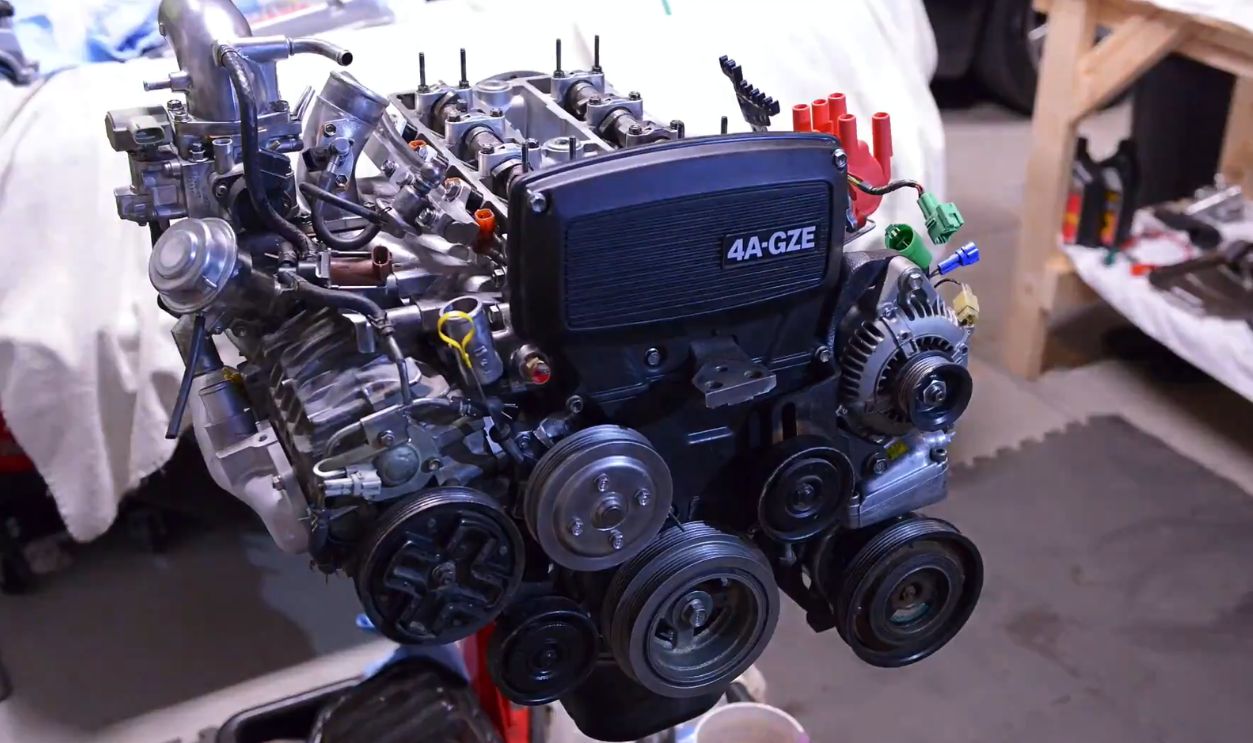 4A-GZE Engine Rebuild, Marshall Farthing (@Project4AGZE)
4A-GZE Engine Rebuild, Marshall Farthing (@Project4AGZE)
Chevrolet Corvair Flat-Six
The Chevrolet Corvair used an air-cooled, rear-mounted flat-six engine. Unusual for American cars, it copied Porsche’s setup but was not as well engineered. The engine brought frequent complaints from mechanics about its cooling issues and oil leaks. Despite the flaws, the Corvair represents a unique chapter in American car history.
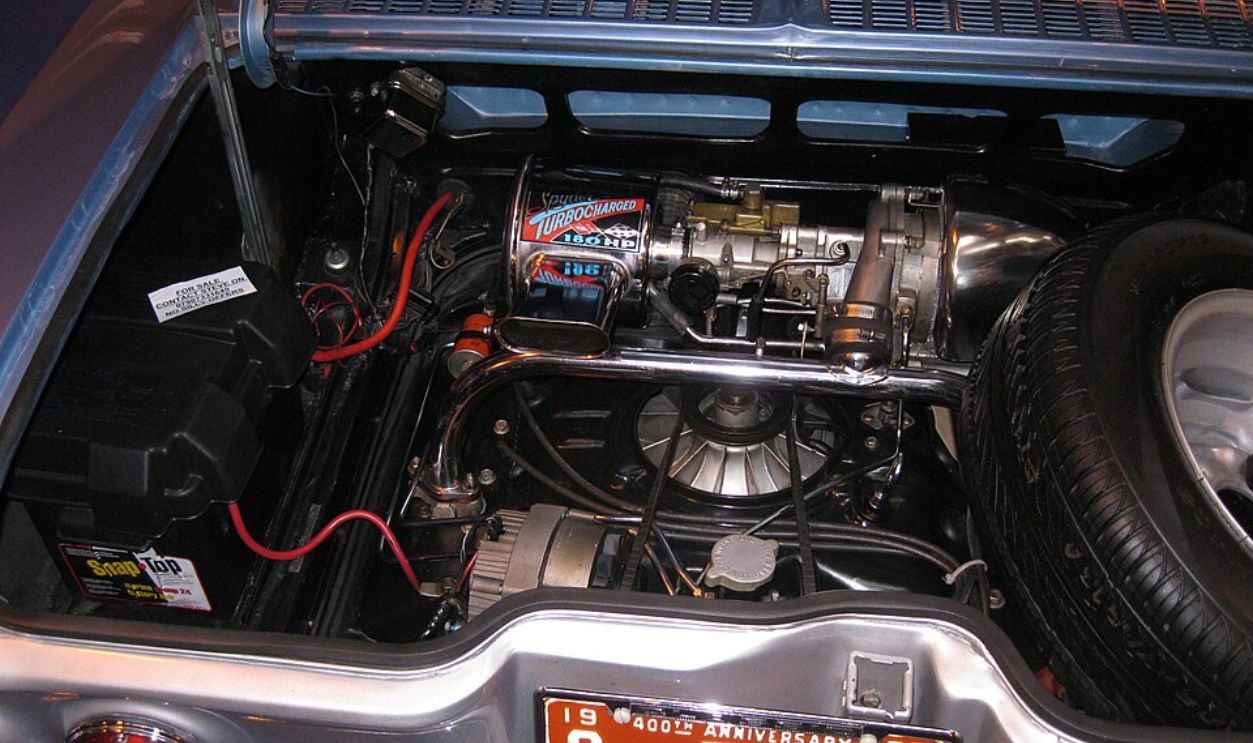 Andrew Bone from Weymouth, England, CC BY 2.0, Wikimedia Commons
Andrew Bone from Weymouth, England, CC BY 2.0, Wikimedia Commons
Fiat Twin-Cam Lampredi Engine
Fiat’s Lampredi-designed twin-cam engines drove everything from sports cars to family sedans. The unusual design combined performance with affordability. Mechanics noted the engine’s durability, but the complex timing belt system caused headaches. The engines enjoyed a great run of success on the rally racing circuit in the 70s and 80s; they’re still legendary among enthusiasts.
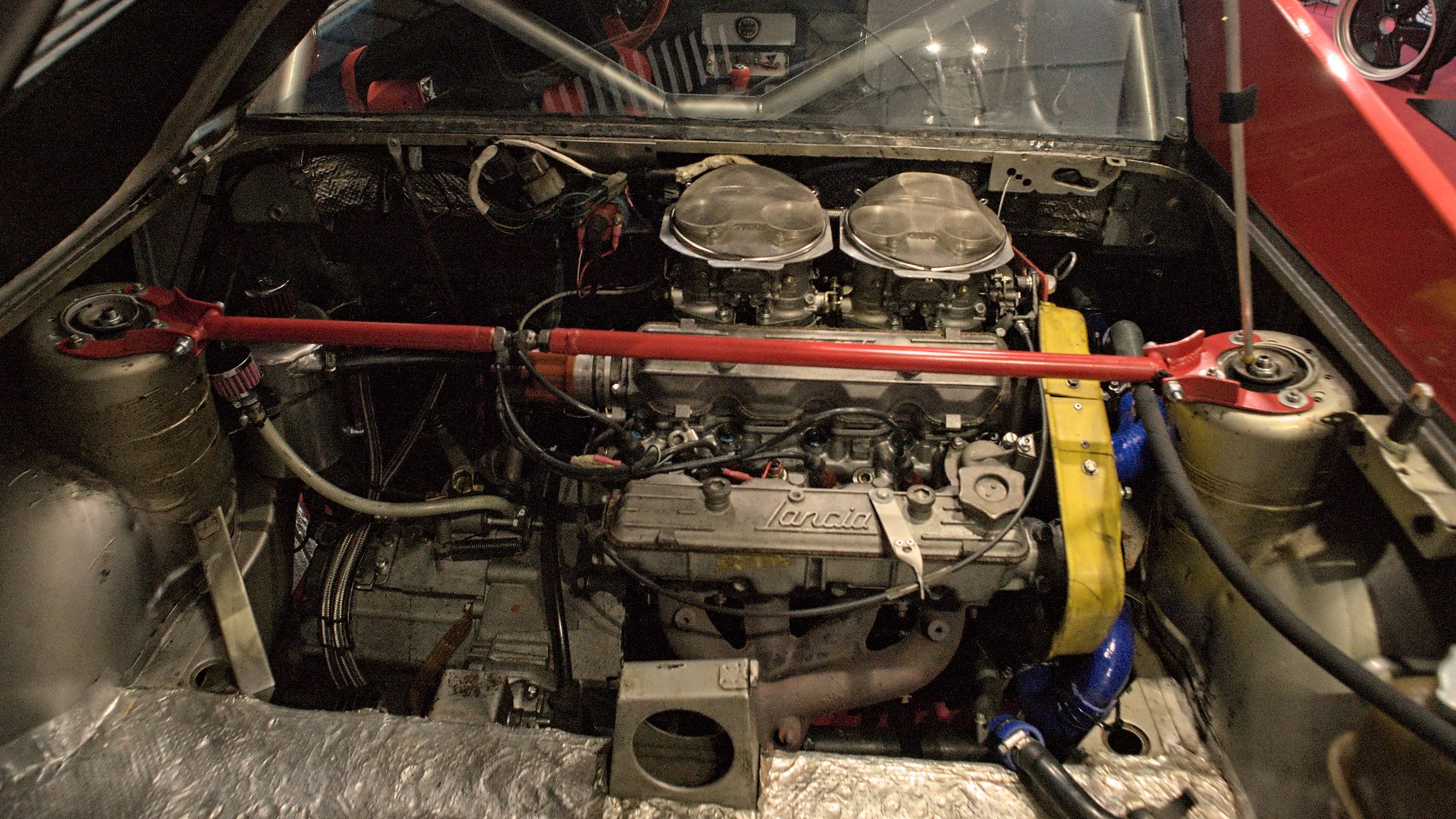 Thomas Vogt from Paderborn, Deutschland, Wikimedia Commons
Thomas Vogt from Paderborn, Deutschland, Wikimedia Commons
NSU Ro80 Rotary Engine
The NSU Ro80 from Germany used a rotary engine years before Mazda built on the concept. The engine was smooth and futuristic, but suffered from terrible reliability, with engines often failing before the 30,000-mile mark. Mechanics dreaded the Ro80, but it was a milestone in unconventional engine history. The unreliability issues caused financial issues for NSU; the company merged with Auto Union as part of what later became Audi.
 Alf van Beem, Wikimedia Commons
Alf van Beem, Wikimedia Commons
Citroën 2CV Flat-Twin
The Citroën 2CV was an icon of France with its air-cooled flat-twin engine. It was a midget of a car, producing as little as 9 horsepower (!), but it was simple and rugged. While slow, it was beloved for its ease of repair and unusual design philosophy “prioritizing practicality over performance”. Well, that’s one way to put it!
 Jiri Sedlacek, Wikimedia Commons
Jiri Sedlacek, Wikimedia Commons
Miller Cycle Engine
Mazda also introduced the Miller cycle engine in the Millenia sedan during the 1990s. Using a unique supercharging and valve timing system, it promised improved fuel economy. Like a lot of alternative engine designs, the Miller cycle engine’s success was undermined by its complexity and high cost.
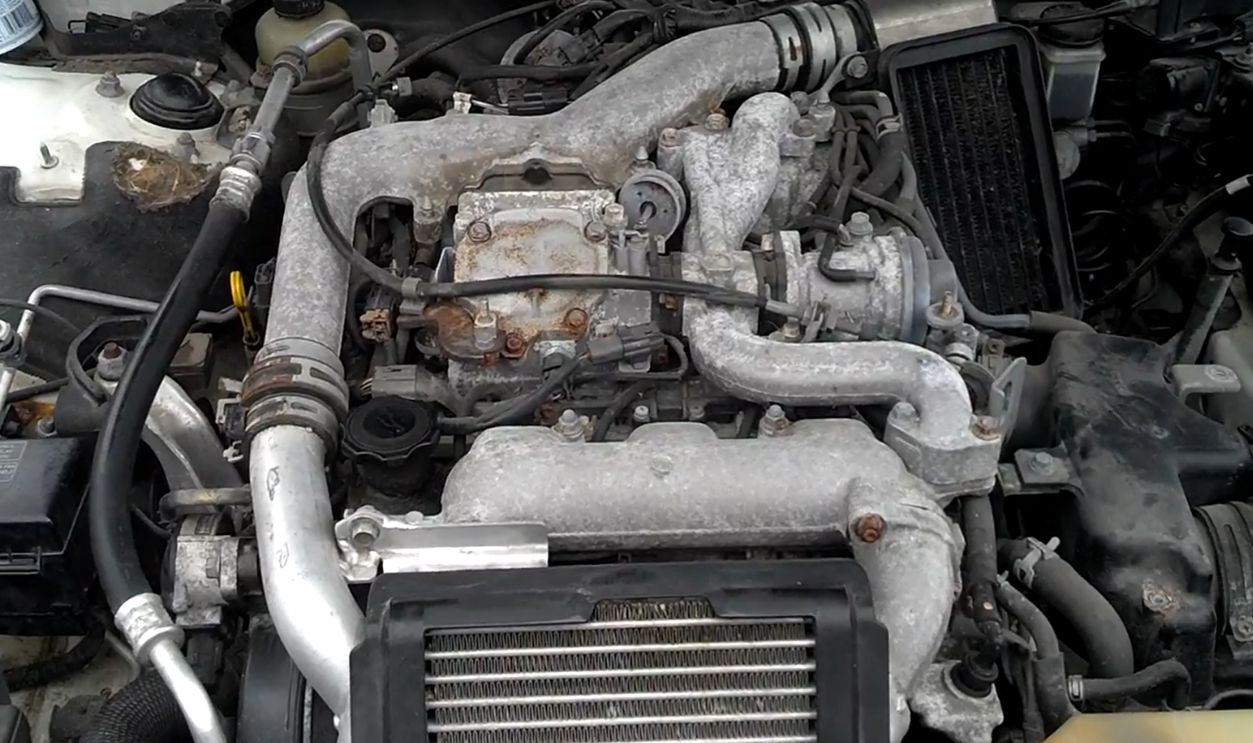 Mazda Millenia 2.3L miller cycle engine Supercharged, mazda2284
Mazda Millenia 2.3L miller cycle engine Supercharged, mazda2284
Lancia V4 Engine
Lancia produced this brainchild of narrow-angle V4 engines in the 1920s, a concept that continued right up into the 60s. Compact with plenty of power, these motors were unique in their layout. Mechanics often found them tricky to work on due to the cramped design, but they powered legendary rally cars (Fulvia HF Rallye) and stylish sedans (Lancia Fulvia Berlina).
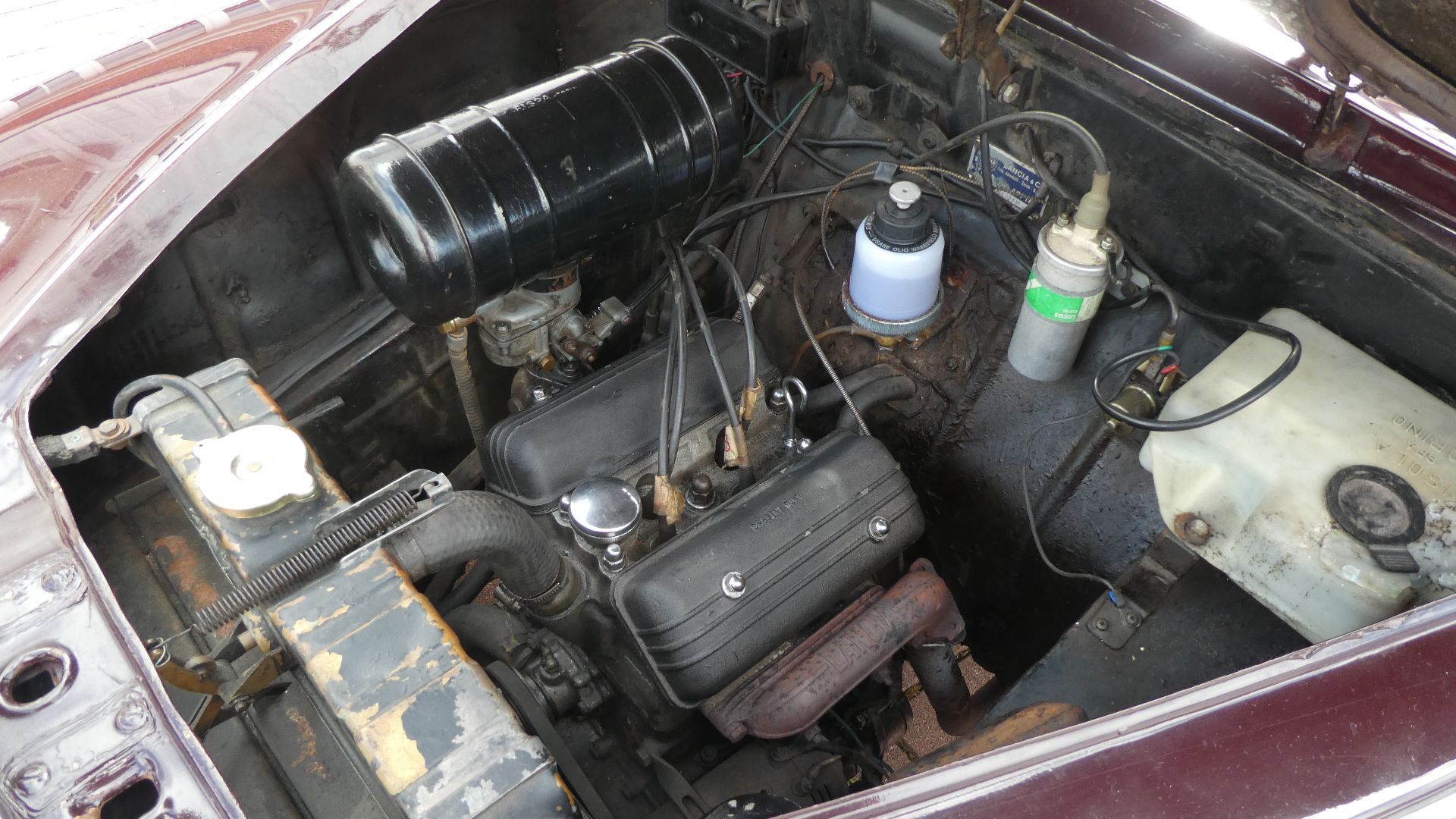 Andrew Bone from Weymouth, England, Wikimedia Commons
Andrew Bone from Weymouth, England, Wikimedia Commons
Volkswagen W12 Engine
From the drawing boards at Volkswagen emerged the unusual W12 engine, combining two narrow-angle VR6 engines. It powered exotic models like the VW Nardo concept and Bentley Continental GT. Like many other original engine designs on this list, the W12 had plenty of power, but its complexity made it a challenge for mechanics to service and expensive to produce in economic numbers.
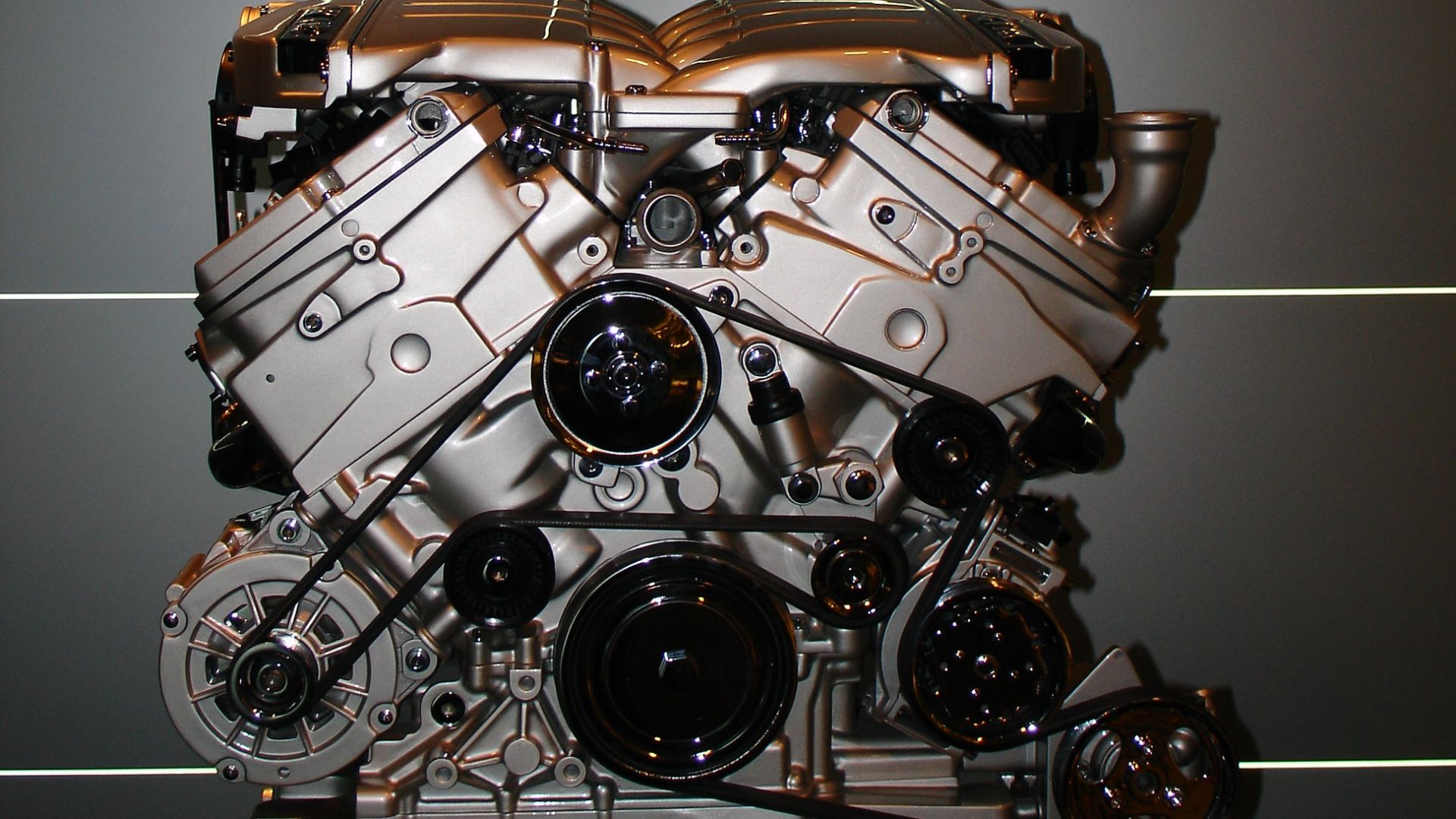 User Hasse A on sv.wikipedia, Wikimedia Commons
User Hasse A on sv.wikipedia, Wikimedia Commons
Suzuki Cappuccino Three-Cylinder Turbo
The Suzuki Cappuccino compact sports car used a tiny 657cc three-cylinder turbocharged engine. It was unusual, but delivered decent performance in a lightweight package. Mechanics enjoyed its compactness but found its small displacement and forced induction didn’t bode well for longevity.
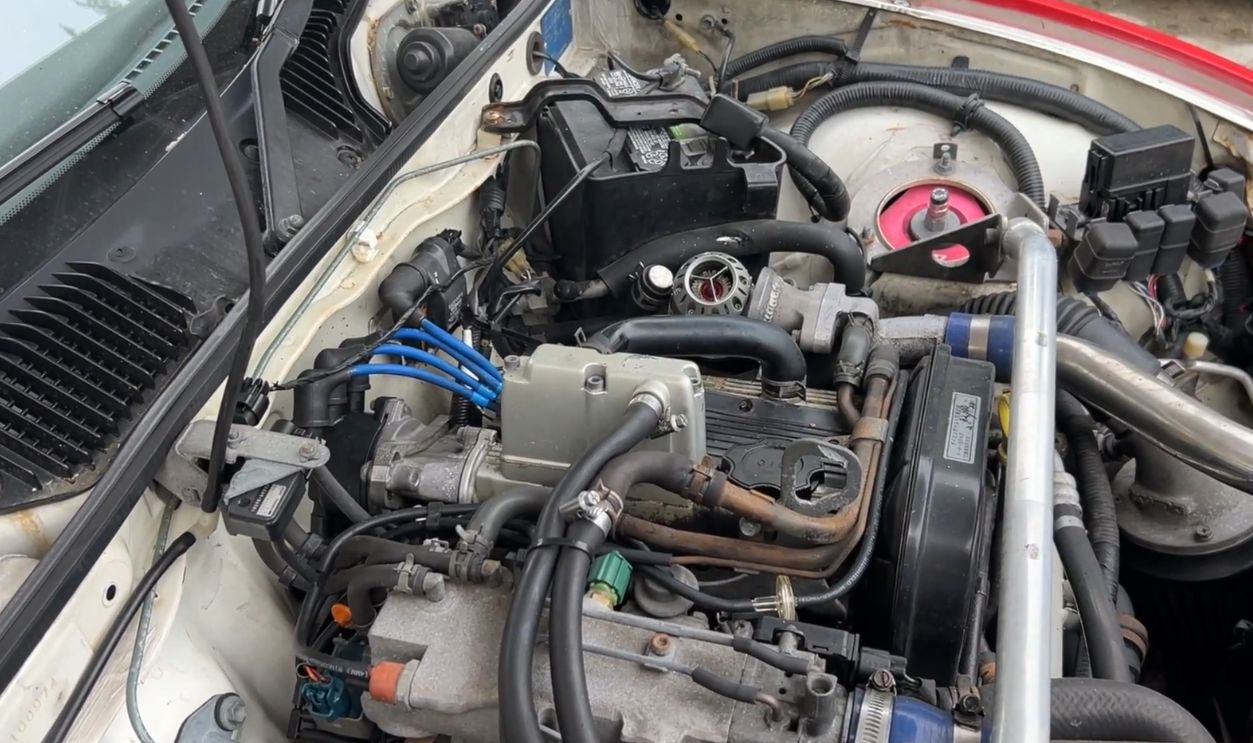 My Suzuki Cappuccino Is Officially Broken…, WayBeforeTheFame
My Suzuki Cappuccino Is Officially Broken…, WayBeforeTheFame
Chrysler A57 Multibank
During WWII Chrysler built the A57 Multibank, essentially five six-cylinder engines linked together. While mostly used in tanks, its sheer complexity became a legend. It demonstrates Chrysler’s engineering creativity, though its 30 cylinders and miles of wiring gave mechanics nightmares. Chrysler boasted that the engine could still move a Sherman tank even with 12 of its 30 cylinders knocked out.
Saab Two-Stroke
Early Saabs used two-stroke three-cylinder engines, similar to those found in a lot of snowmobiles. Lightweight and simple, they gave the small cars quirky performance. The smoky exhaust and constant need for oil mixing didn’t win many admirers, but the cars were key in establishing Saab’s early identity. You’ve got to start somewhere!
BMW Turbosteamer Concept Engine
BMW experimented with a 'Turbosteamer' engine that used waste exhaust heat to power a steam cycle. This concept was never widely adopted, but it showed how unconventional ideas could improve efficiency. Mechanics never had to deal with these in production, but the uniqueness of the design deserves recognition.
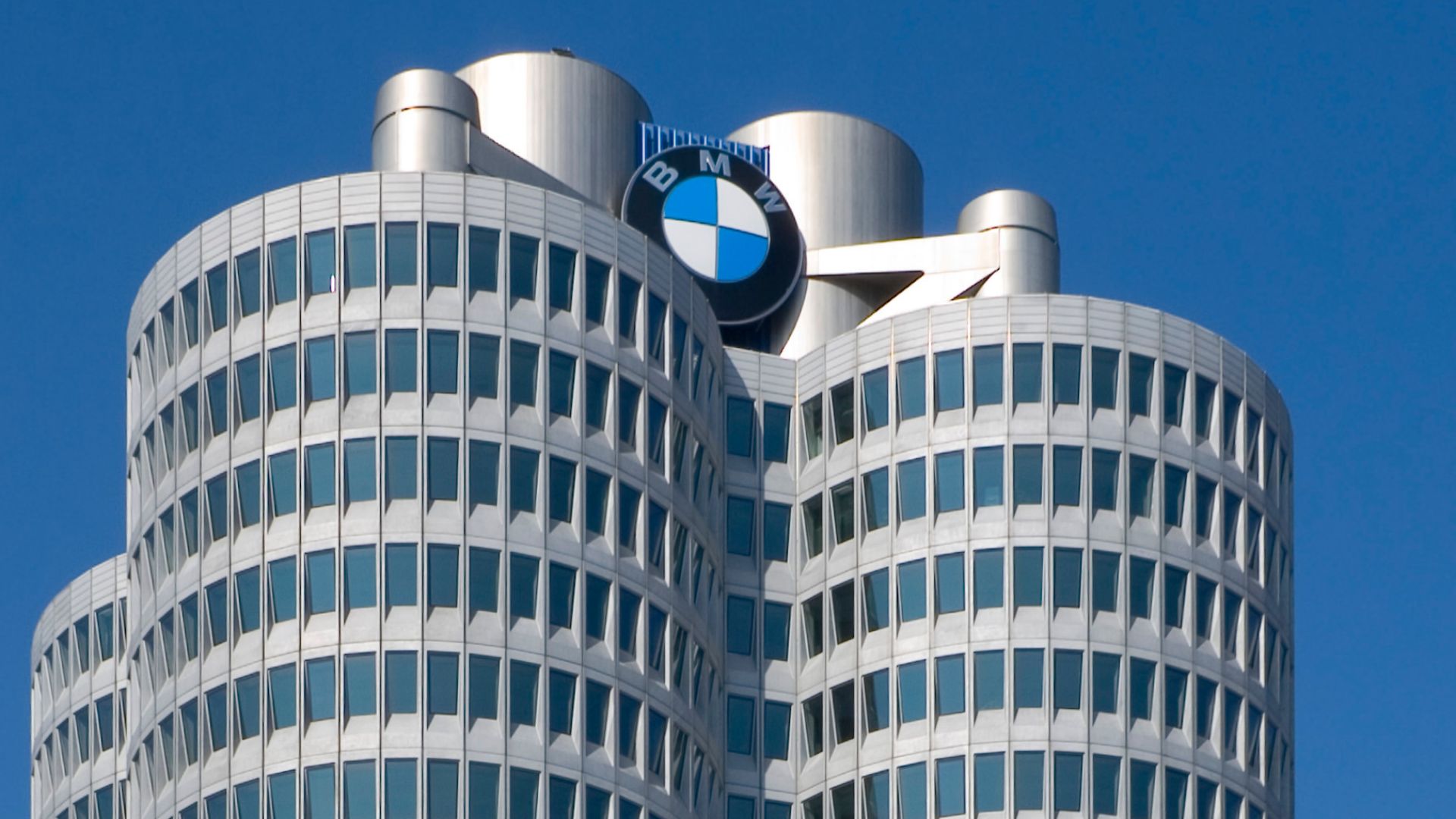 Diego Delso, Wikimedia Commons
Diego Delso, Wikimedia Commons
Oldsmobile Jetfire Turbo V8
The Oldsmobile Jetfire brought turbocharging to American cars in the 60s. Its 215 cubic-inch V8 used a turbocharger with a special fluid injection system. The motor was powerful, but unreliable and difficult to maintain. Mechanics often found themselves just removing the turbo altogether.
 Greg Gjerdingen from Willmar, USA, Wikimedia Commons
Greg Gjerdingen from Willmar, USA, Wikimedia Commons
Peugeot PRV V6
The PRV V6 was a joint effort between Peugeot, Renault, and Volvo. The engine had an unusual 90-degree angle more typical of V8s, making it run rough. Mechanics were unimpressed with its lack of reliability, though it powered some iconic cars in its day, such as the DeLorean DMC-12.
Cizeta V16T
The rare Italian Cizeta V16T supercar used a transverse-mounted 6.0-liter V16 engine. This was basically like joining together two Lamborghini V8s, an extremely unusual design. While it was as powerful as you can imagine, its complexity and rarity understandably made it challenging for mechanics to maintain.
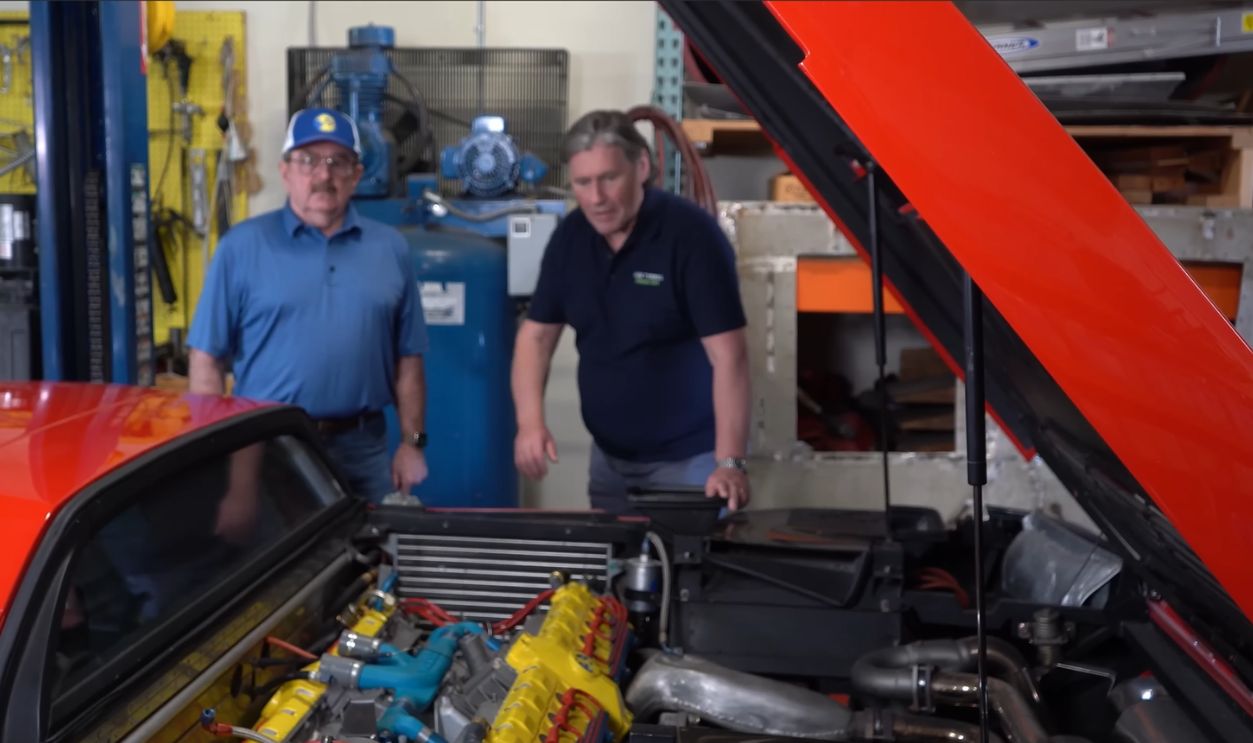 California dreamin’ of the Cizeta V16T | Tyrrell's Classic Workshop, Tyrrell's Classic Workshop
California dreamin’ of the Cizeta V16T | Tyrrell's Classic Workshop, Tyrrell's Classic Workshop
Cadillac V8-6-4 Engine
Cadillac was an early innovator with cylinder deactivation in the early 1980s with its V8-6-4 engine. It could shut down cylinders to save fuel but the design’s reliability was undermined by primitive electronics. Mechanics were often called upon to fix or even bypass the system entirely.
 ESTATE SALE Cadillac EFI V8-6-4 | Will it RUN AND DRIVE 500 miles after 12 years?, Vice Grip Garage
ESTATE SALE Cadillac EFI V8-6-4 | Will it RUN AND DRIVE 500 miles after 12 years?, Vice Grip Garage
Fiat S76 Four-Cylinder Beast
The Fiat S76, nicknamed 'The Beast of Turin,' used a massive 28.5-liter four-cylinder engine. Built to challenge land speed records in the early 20th century, it was a behemoth by any standard. It generated publicity, but was never practical for road use.
 Thesupermat, Wikimedia Commons
Thesupermat, Wikimedia Commons
Tough To Break Convention
These unusual engines and others show that the car industry has always been willing to take risks. While many of them failed due to complexity or unreliability, they enabled engineers to expand their knowledge. From rotaries to turbines, the experimental nature of the engines reflects the creativity needed to push automotive progress forward incrementally, even when they don’t achieve a breakthrough.
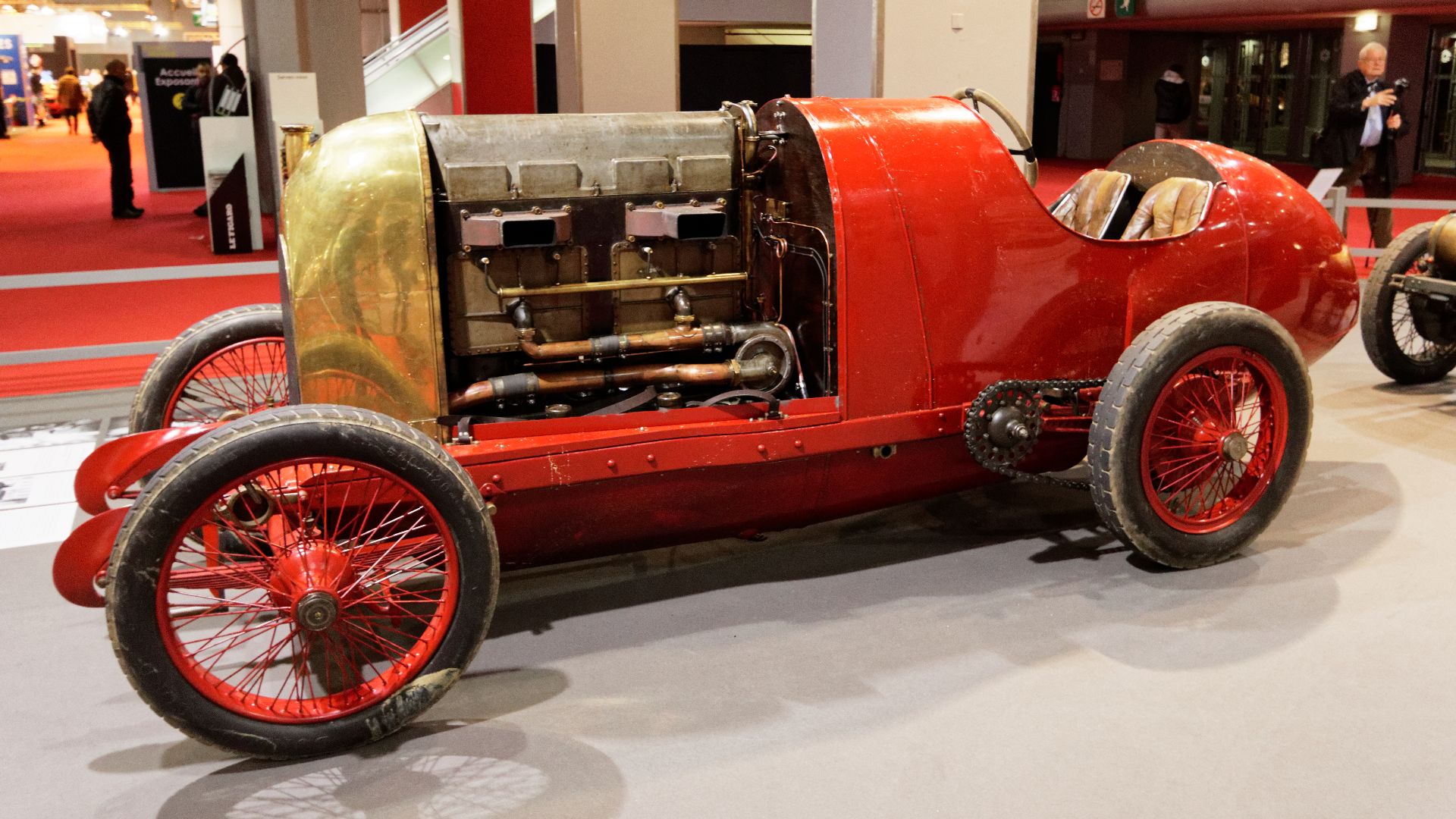 Thesupermat, Wikimedia Commons
Thesupermat, Wikimedia Commons
You May Also Like:
The Best V8 Engines In Classic Car History
How To Extend The Life Of Your Vehicle's Engine


